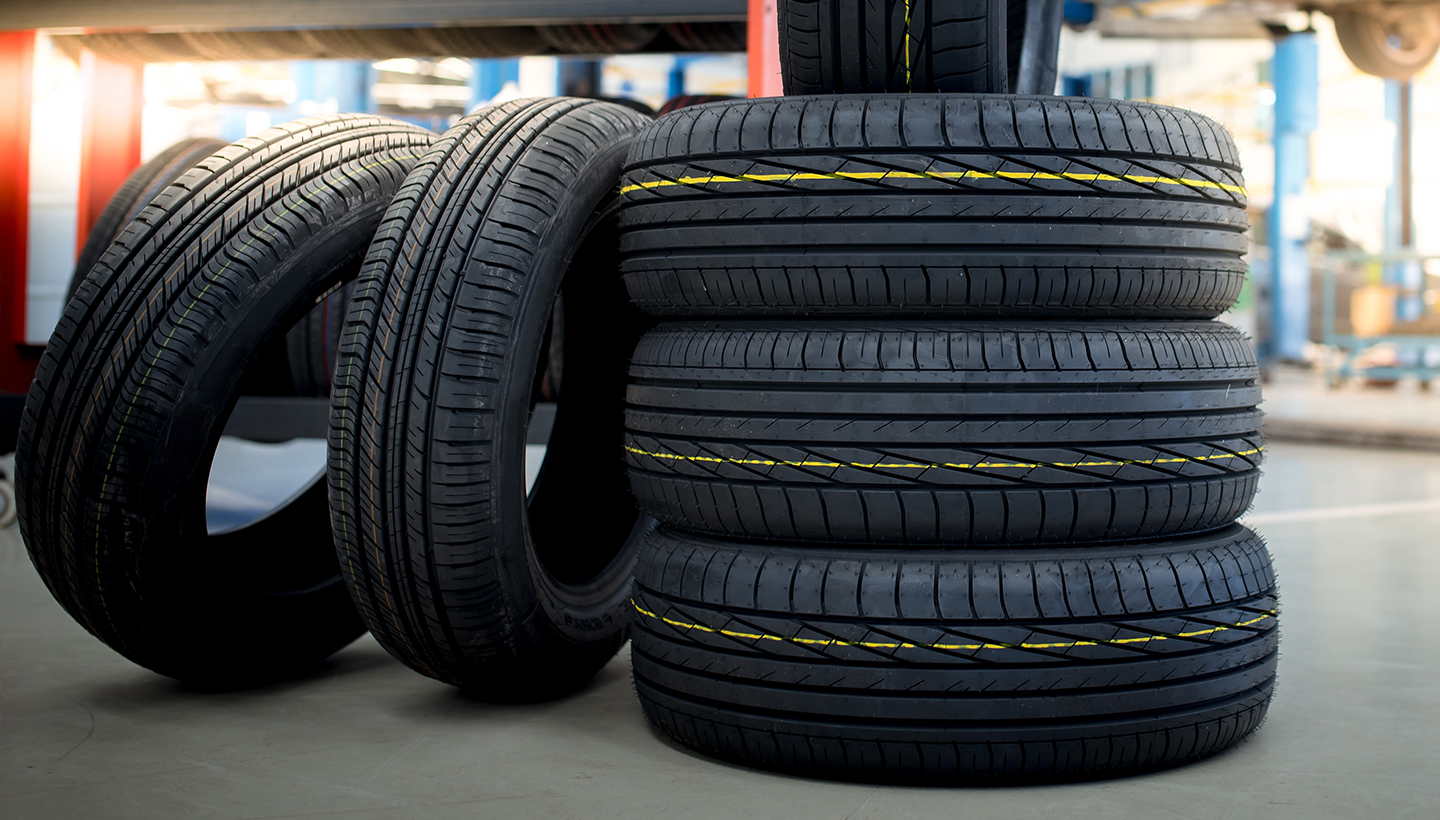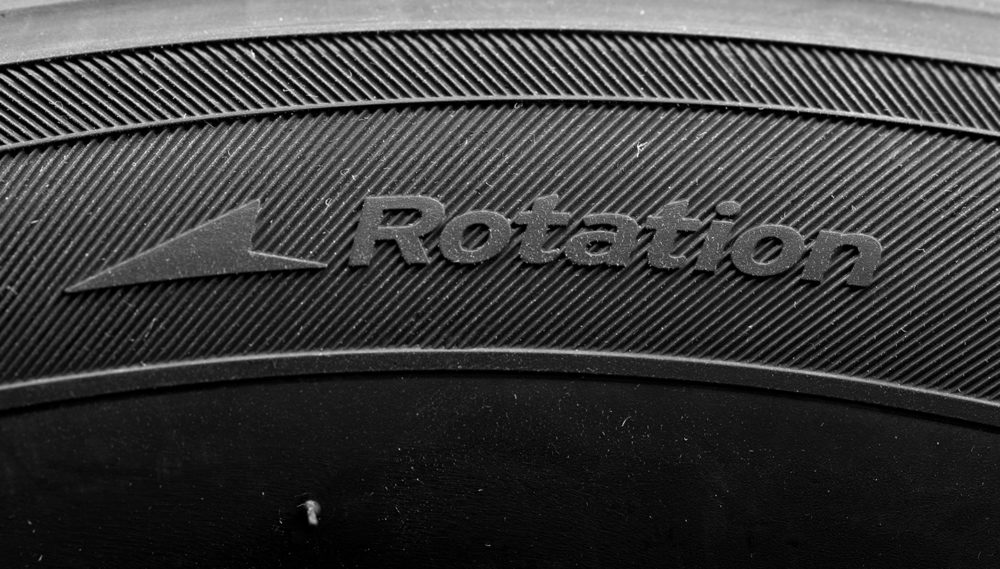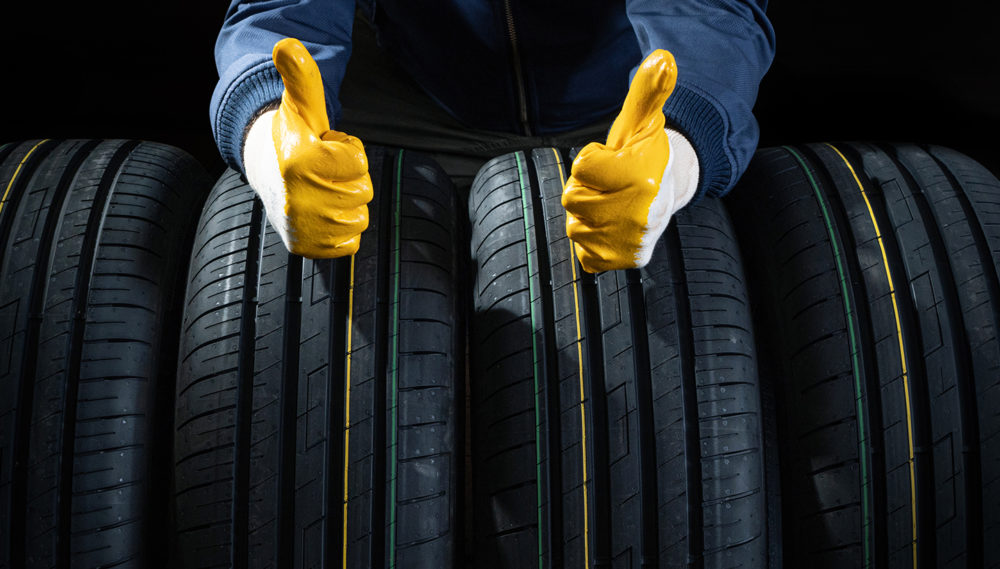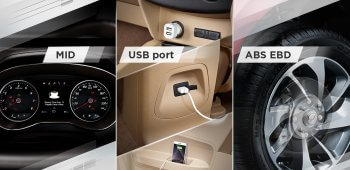The Right Way to Rotate Car Tires and Their Functions
19 November, 2023

Not many people are aware that tire rotation can significantly extend the lifespan of their tires. Failure to rotate tires can result in uneven wear, causing imbalances in tire wear levels.
This happens because each side of the car bears a different load on its tires. Consequently, the front tires may wear out faster or vice versa, depending on how they are mounted.
Furthermore, poorly maintained vehicles, especially those that neglect tire care, tend to experience faster wear on the side walls of the tires.
If left unattended for too long, this can make the car uncomfortable to drive and compromise its grip on the road. Therefore, understanding tire rotation is essential for prolonging tire lifespan and ensuring a comfortable driving experience. To avoid such experiences, it’s crucial to have a basic understanding of tire rotation. Here’s an explanation of tire rotation and its functions.
Understanding Tire Rotation
Tire rotation is a maintenance process that involves changing the position of tires on a vehicle. This can mean moving tires from the front to the back or from one side to the other.
The fundamental rationale behind tire rotation is that tires on a car tend to wear at different rates. Tires on the drive axle, whether front or rear, experience faster wear due to factors like transmission, power, and torque.
This principle applies to both front-wheel-drive and rear-wheel-drive vehicles. Front tires tend to wear faster on front-wheel-drive vehicles, while the opposite is true for rear-wheel-drive vehicles.
In such situations, it’s advisable to consider transferring two rear tires to the front. This action aims to optimize tire performance, ensuring even wear and extending tire lifespan.
Apart from tire condition, maintaining consistent tire pressure is crucial for a comfortable ride. Modern vehicles like the Wuling New Almaz RS Pro are equipped with advanced features such as the Tire Pressure Monitoring System (TPMS) to monitor and check tire pressure conditions, ensuring they remain optimal.

Functions of Tire Rotation
Despite being an often overlooked aspect of car maintenance, regular tire rotation offers several benefits that impact tire performance and lifespan.
-
Preventing Uneven Wear
One of the primary benefits of tire rotation is preventing uneven wear on tires. Front tires typically wear out faster due to their vital role in driving processes such as braking and maneuvering. By rotating tires, their positions are changed, ensuring even wear on all wheels. This not only extends the overall lifespan of the tires but also avoids premature and unnecessary tire replacements.
-
Improving Traction
Proper tire rotation contributes to increased traction and vehicle control. Significant wear on front tires can affect traction, especially when driving on slippery or muddy surfaces. Rotating tires with less wear to the front positions enhances traction and stability, supports ease of vehicle control, and improves driving safety.
-
Optimizing Tire Lifespan
Regular tire rotation plays a vital role in optimizing tire lifespan. By ensuring even wear on all tires, users can maximize tire usage before replacement becomes necessary. Considering the significant cost of tire replacement, routine tire rotation serves as a simple yet effective preventive measure to reduce long-term expenses.
-
Fuel Efficiency
Proper tire rotation also contributes to improved fuel efficiency. Uneven tire wear can result in inconsistent resistance, requiring more energy for vehicle movement. Through regular tire rotation, uniform wear is ensured, reducing unnecessary resistance and supporting better fuel efficiency.
-
Reducing Suspension and Drivetrain Risks
Regular tire rotation plays a crucial role in minimizing the risk of damage to the suspension and drivetrain systems. Excessive wear on front tires can impose additional stress on components like CV joints. By consistently rotating tires, the load on these components is reduced, keeping them in optimal condition and preventing unnecessary damage.

The Procedur of Tire Rotation
The profile of the tire will determine the procedure for rotating car tires. Car tires generally have several profiles, including directional, symmetrical, and asymmetrical. Directional and asymmetrical tires can only be used in one direction of travel. In other words, these tires can only be installed in one specific position.
This indication is visible in the direction of the arrow on the outer sidewall of the tire, and one sidewall of this type of tire will be labeled “outside” (outer side). For this type of tire, wheel rotation must be done laterally. For example, the left-front tire must be moved to the rear on the same side. The same principle applies to the right side.
Conversely, symmetrical tires are not affected by the orientation of the wheel when it is rotated. Symmetrical tires have the same pattern on the left and right sides, so they do not have a specific installation direction. This type of tire does not experience any resistance to being rotated in both directions. Overall, this type of tire can be installed in either the left or right position, either at the front or rear.
However, when performing the tire rotation procedure, it is necessary to consider the type of vehicle’s drive system specifically. This is because the difference in drive systems will determine the procedure to be performed.
Tire Rotation for Rear-Wheel-Drive (RWD) Vehicles
For RWD vehicles, the rotation procedure involves:
- The front right tire moves to the rear left.
- The rear left tire moves to the front left.
- The rear right tire moves to the front right.
- The front left tire becomes the spare.
- The spare tire takes the place of the rear right tire.
Tire Rotation for Front-Wheel-Drive (FWD) Vehicles
Contrastingly, for FWD vehicles, the rotation procedure is as follows:
- The front right tire moves to the spare position.
- The front left tire moves to the rear left tire.
- The rear right tire moves to the front left.
- The rear left tire moves to the front right.
- The spare tire can be used as the new rear right tire.
Cost of Tire Rotation
While tire rotation can be done at home with the right knowledge and equipment, entrusting it to professionals at official or trusted service centers is advisable, especially if time is limited.
Whether at an official service center or a trusted local garage, the cost of tire rotation varies by region and establishment. On average, tire rotation can range from Rp20,000 to Rp50,000 per tire. However, costs may differ based on wheel and tire conditions.
In conclusion, understanding how to rotate car tires and their functions not only ensures optimal vehicle performance but also helps save costs by maximizing tire usage.



